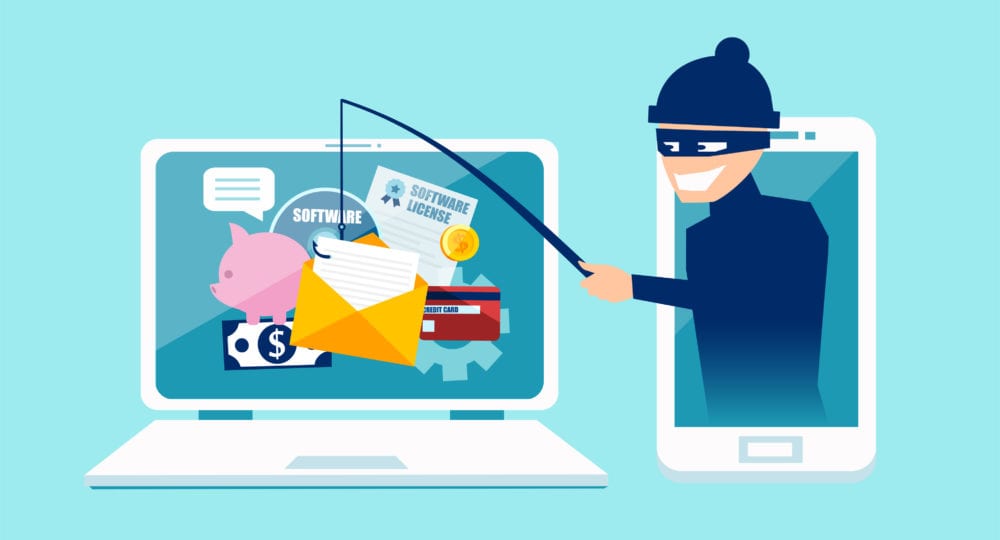
The Importance of Strong Password
In the age of digital dependency, our online identities are akin to fortified castles, safeguarding personal and sensitive information from potential intruders. However, the strength of our “digital castle walls” often hinges on one critical element: passwords. As cyber threats continue to evolve and proliferate, understanding the importance of strong passwords becomes paramount in fortifying our online defenses.
In fact, analysis of breached passwords reveals that these predictable combinations continue to reign supreme, with “123456” and “password” ranking as the most commonly used passwords for several consecutive years.
Now that we’ve established why strong passwords are crucial, here are some tips for creating them:
- Length is Strength: The longer the password, the better. Shoot for at least 15 characters.
- Mix it Up: Use a combination of uppercase and lowercase letters, numbers, and symbols. This creates a complex password that’s more difficult to guess by hackers or automated programs.
- Outsmart the Obvious: Avoid using birthdays, pet names, or keyboard patterns – these are easy for hackers to guess.
- Uniqueness is Key: Don’t reuse the same password for multiple accounts. If one account gets compromised, hackers might try the same password on your other accounts. Consider using a password manager to help you create and store strong, unique passwords for all your accounts.
Strong Passwords: A Simple Step for Big Security
Taking the time to create strong passwords is a simple yet powerful step towards online safety. By following these tips, you can significantly reduce your risk of falling victim to cyberattacks and protect your valuable information. Remember, in the digital age, strong passwords are essential for everyone!




